Peugeot unveils the new E-308 with a bigger battery
The all-electric 308 and its estate offshoot were announced in September 2022, and entered the German market in July 2023 (e-308) and September 2023 (e-308 SW). The fact that a comprehensive facelift is already being presented in the summer of 2025 is relatively early for the usual product cycle. Even before the launch, it was said that the current facelift would be “much more than a model update.”
In fact, in addition to the new look (more on that later), there are also changes to the drive technology. This quickly caught the attention of the Stellantis Group, which is known for its electric cars with uniform specifications and no deviations between individual models; in future, other models from the multi-brand company could also receive the improved components. In the case of the EMP2 platform, on which the Peugeot, now called the E-308, is based, this also includes the current generation of the Opel Astra Electric, which is built in Rüsselsheim, Germany. The Peugeot counterpart is manufactured in Mulhouse, France.
The new feature is the battery: it now has a gross energy content of 58.4 kWh, of which 55.4 kWh is usable net. Until the facelift, a 54 kWh battery (51 kWh usable) was installed. This enabled a WLTP range of up to 412 kilometres (depending on equipment). There is no WLTP homologation for the facelift model yet, but Peugeot estimates a range of around 450 kilometres. This is due to the larger battery and other measures, but not to the drive system: the 115 kW electric motor from the joint venture between Stellantis and Nidec remains unchanged.
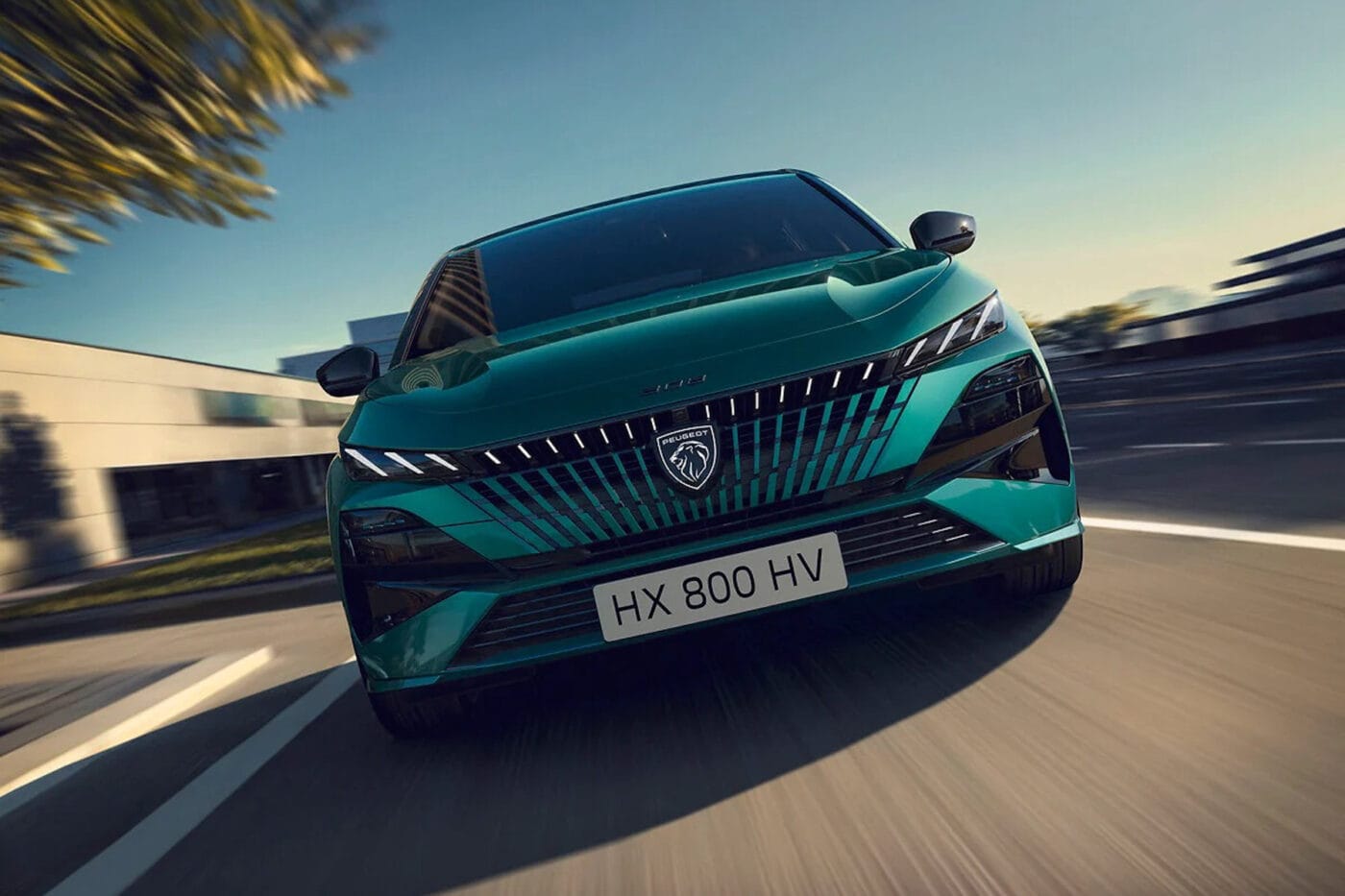
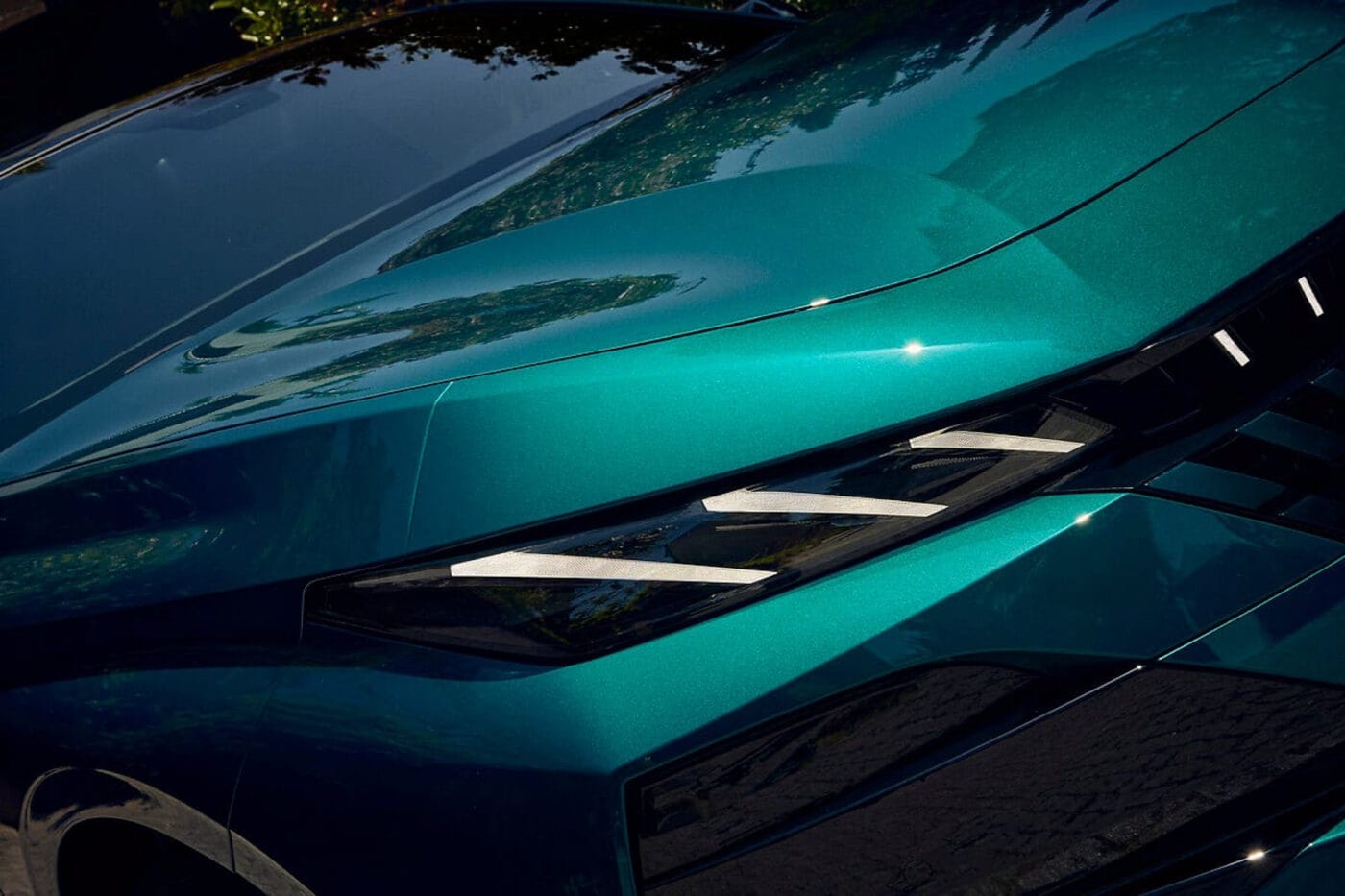
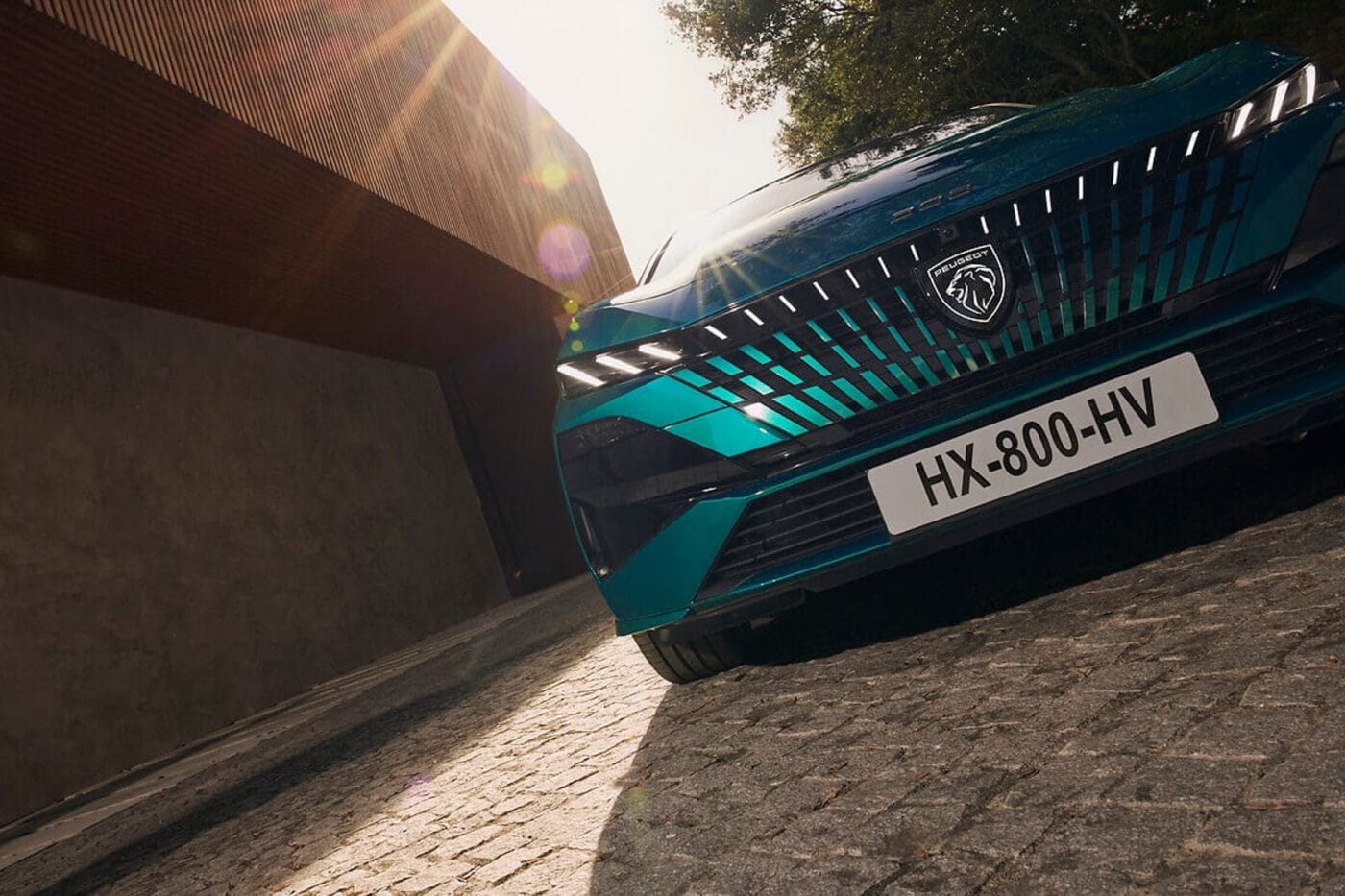
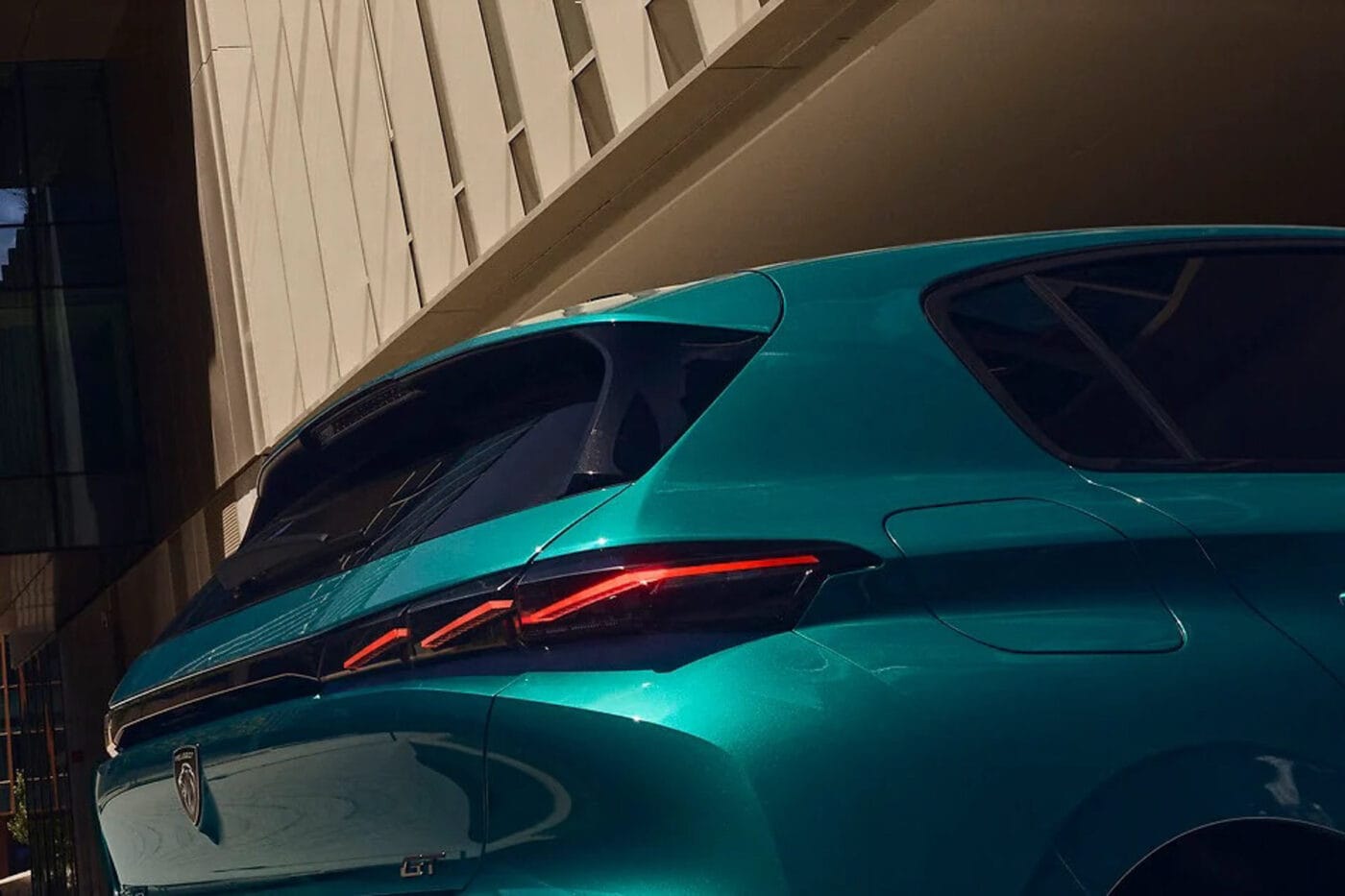
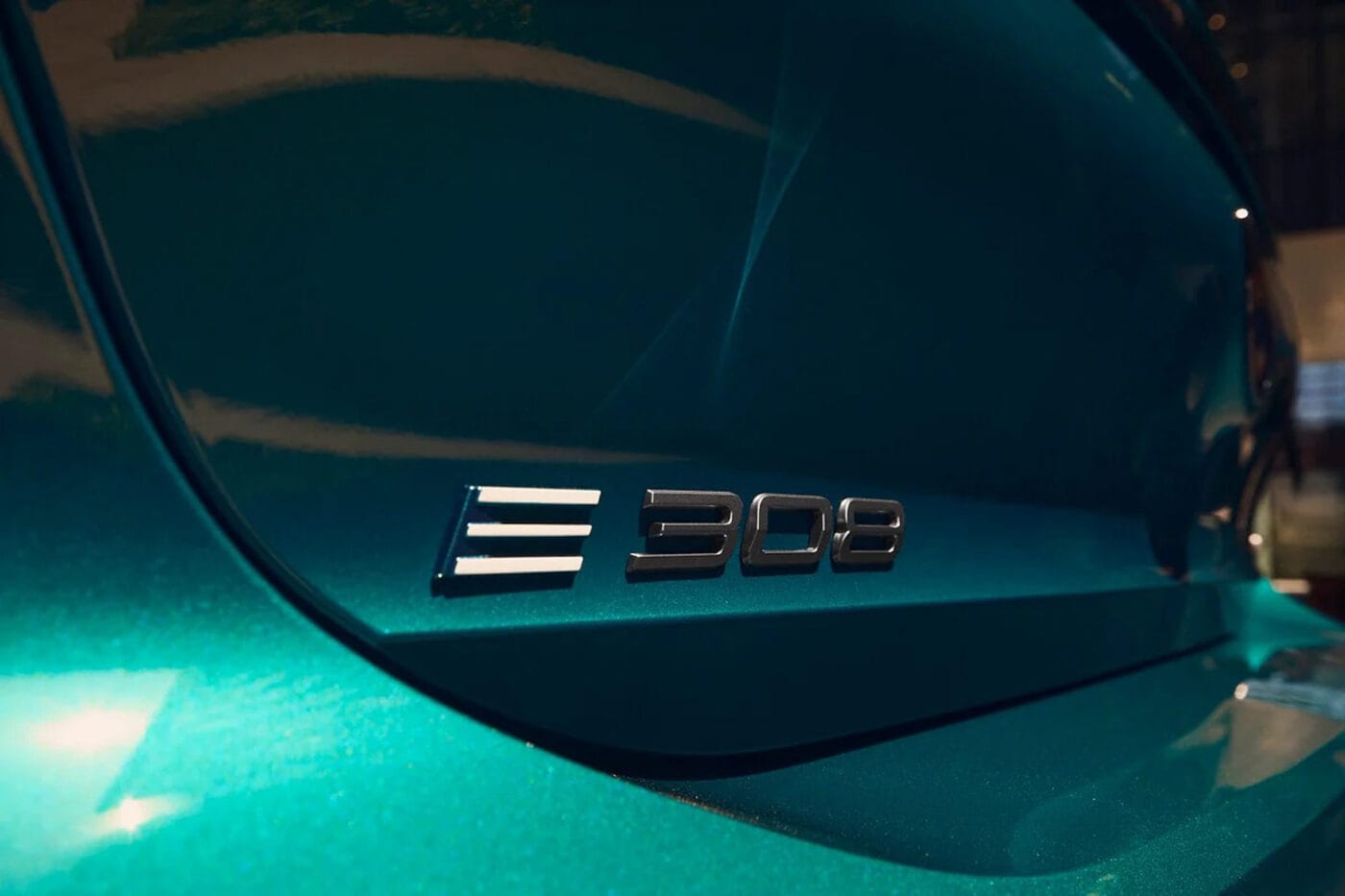
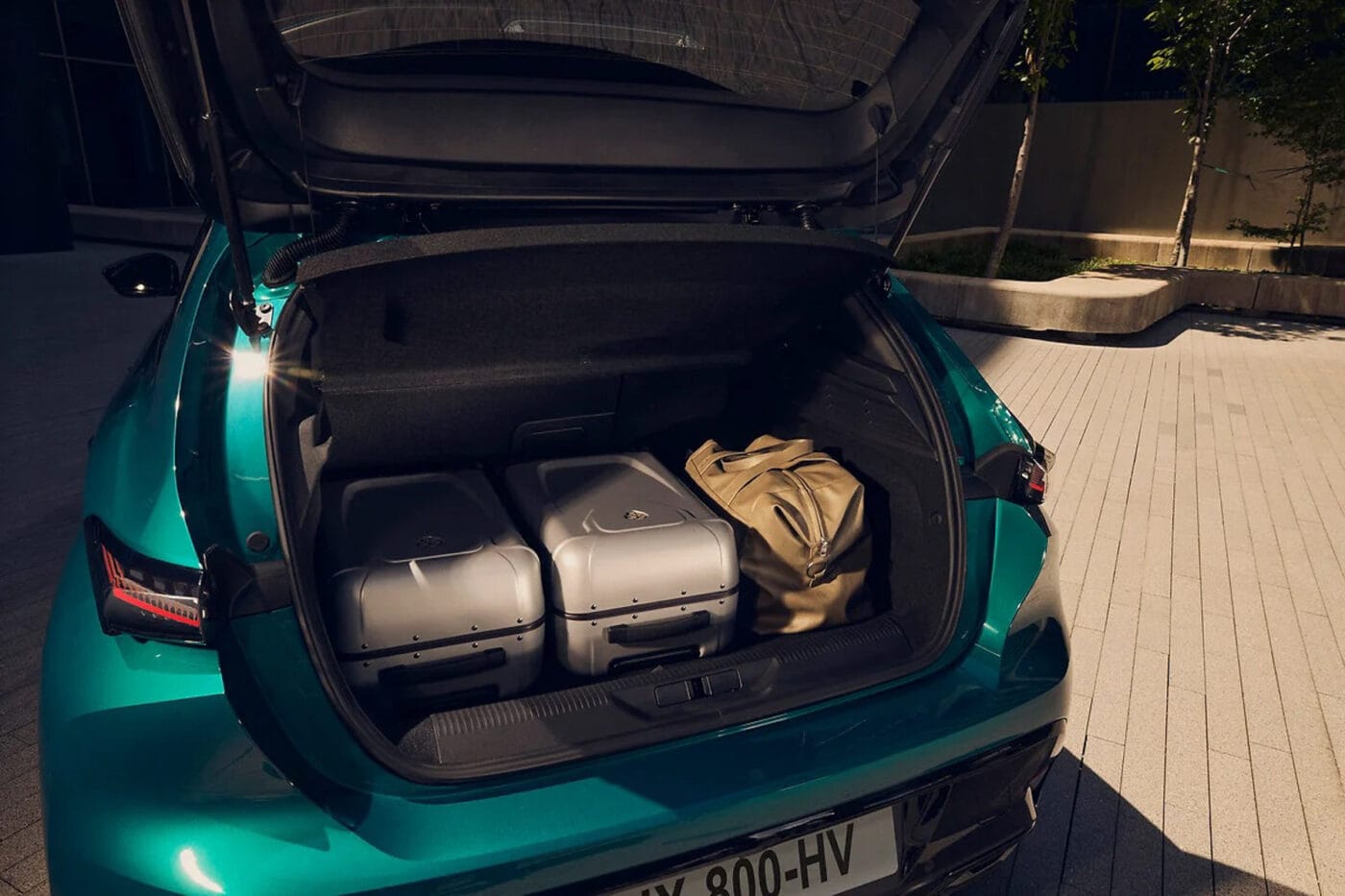
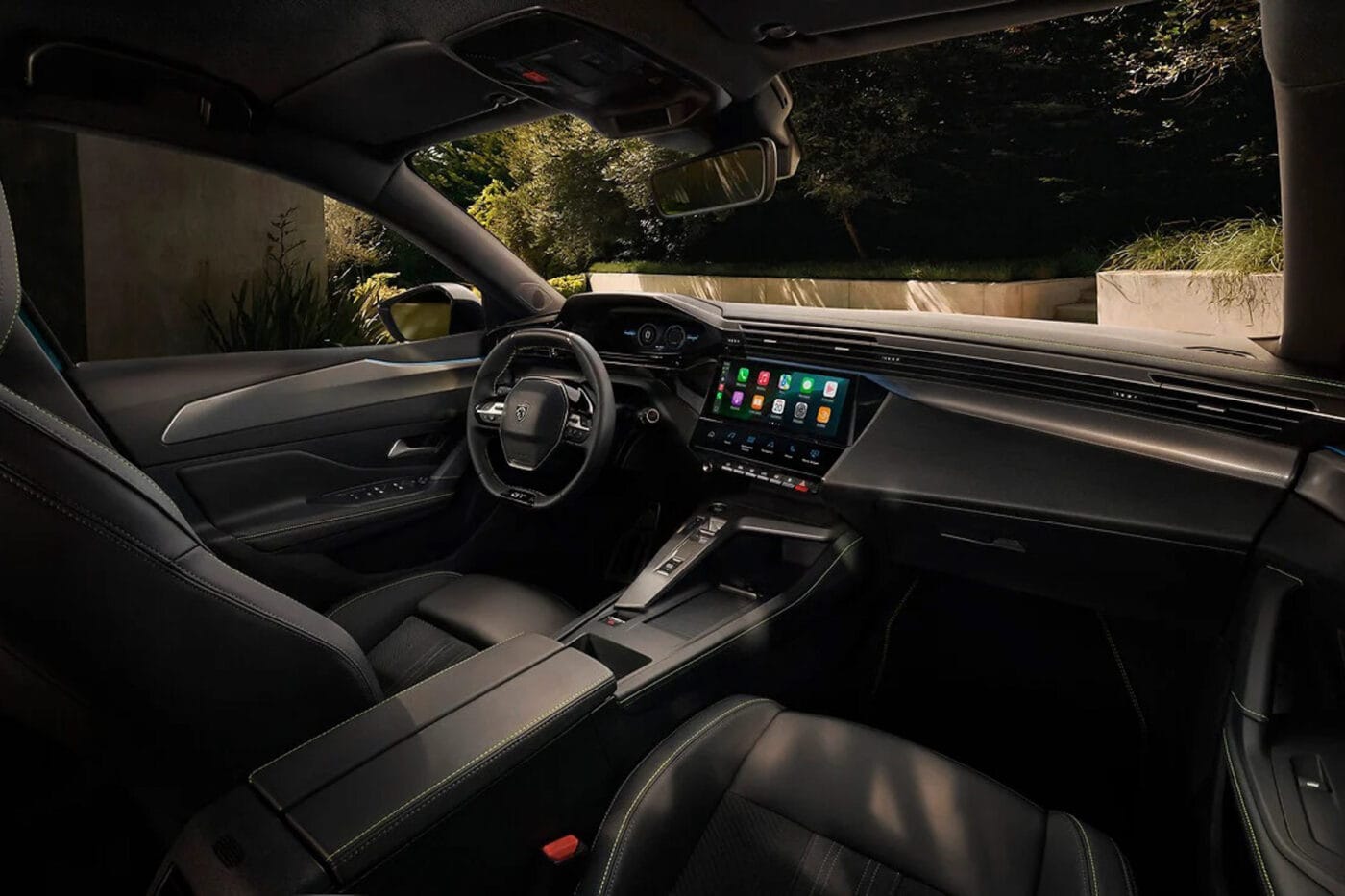
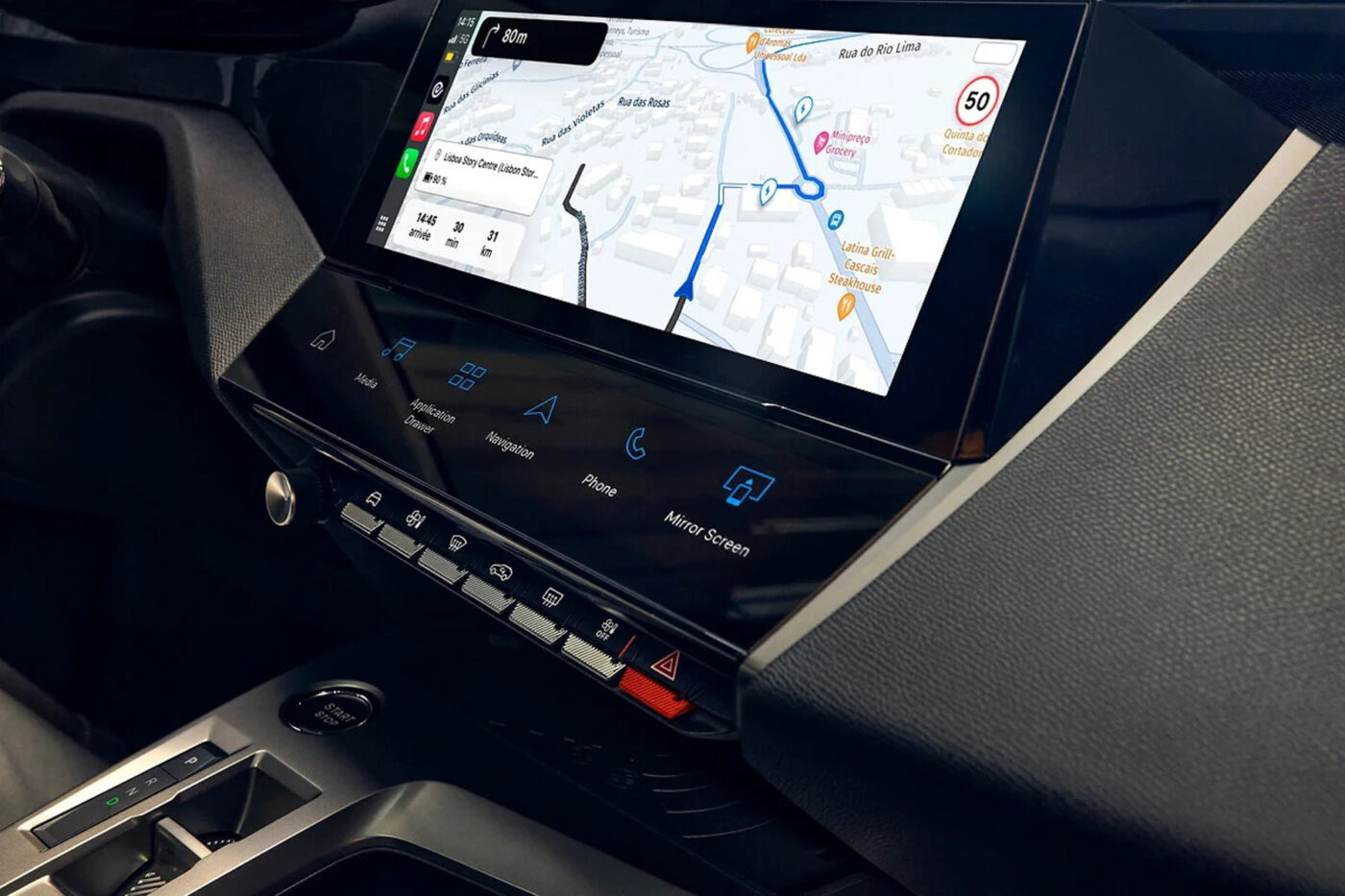
Although the battery offers slightly more energy capacity (presumably due to improved cells), it still uses the same architecture. This means that the 400-volt technology remains unchanged, which is particularly noticeable during fast charging. According to Peugeot, the battery can be ‘charged from 20 per cent to 80 per cent in approximately 32 minutes’ at a 100 kW charging station. The French manufacturer does not mention the industry standard comparison value of ten to 80 per cent, but it will again be noticeably higher than the no longer quite competitive 32 minutes.
In Germany, a three-phase onboard charger with 11 kW of power for AC charging is part of the standard equipment. The E-308 and E-308 SW are equipped with the device for the V2L (Vehicle to Load) function ex works. However, to use the V2L function, the adapter from the Peugeot accessories range is still required. The Stellantis brand has not yet announced the price, but the system can supply up to 3.5 kW at 16 amps for powering external devices.
.
| E-308 | |
|---|---|
| Drive | FWD |
| Power | 115 kW |
| Torque | 270 Nm |
| Acceleration | – |
| Top speed | – |
| WLTP–range | 450 km* |
| Battery | 58.4 kWh |
| Charging capacity DC | 100 kW |
| Charging time DC 20-80% | 32 min |
| Price | – |
*preliminary
Plug&Charge is also set to be available from spring 2026 (the E-308 is OTA update-capable). The station automatically recognises the vehicle as soon as the charging cable is connected, meaning that no card, special app or even bank card is required for payment. Transactions can be viewed via the vehicle display or the Free2move Charge app.
Another new feature is an on-board charging route planner. Until now, Stellantis’ integrated vehicle navigation systems have only calculated routes without charging stops. Although it was possible to plan a route with charging stops in the app and send it to the vehicle, this was simple navigation with fixed intermediate destinations, not dynamic route guidance that responds to actual consumption and traffic conditions. This will be the case in future: “To calculate the ideal route, the system considers the distance to be covered, the battery charge level at departure, the desired battery charge level at arrival, and the available charging stations towards the destination, integrating predictable energy consumption (based on criteria such as speed, traffic, road type, and elevation),” Peugeot wrote.
E-308 adopts new brand design
In addition to all these (and other) changes under the bonnet, Peugeot has also modified the bodywork itself as part of the facelift. The revamped E-308 now also features the French manufacturer’s new brand identity, which was introduced with the E-3008 and E-5008 models based on the more modern STLA Medium platform. The previously visible radiator grille and the striking LED daytime running lights extending into the bumper have been removed, replaced by a new, more dynamically designed grille and the brand’s distinctive three-claw light signature. And from the GT trim level upwards, the E-308 also features an illuminated brand logo at the front for the first time.
The new design, including the revised bumper, is also intended to improve aerodynamics, and there are new wheel designs. It is also notable that Peugeot emphasises dynamic handling, as Peugeot is the French Stellantis brand with the sportiest orientation.
One important point has not yet been mentioned regarding the facelift: the price. The five-door model and the estate will be available to order from autumn 2025. Currently, the E-308 starts at £37,435, while the E-308 SW is listed at a minimum of £37,435.
This article was first published by Sebastian Schaal for electrive’s German edition.

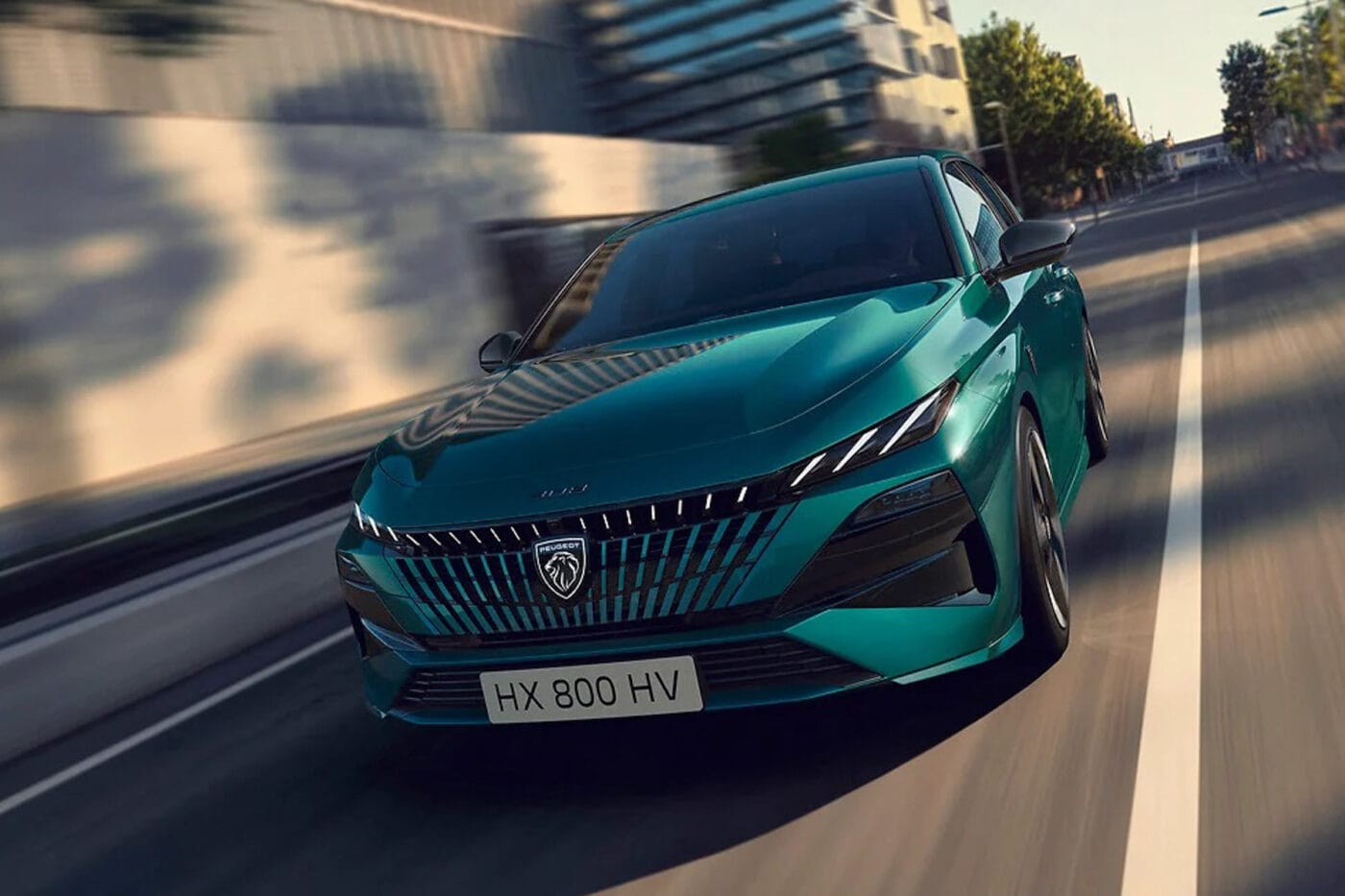

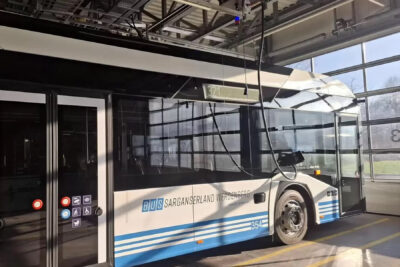

0 Comments